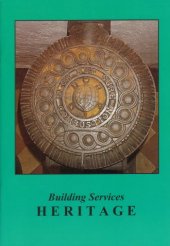Electrical Light
The message doesn’t change
Andrew
Saville found what he described as a scrapbook of old advertisements,
which he purchased and forwarded to the Heritage Group. On closer
inspection it appears to be a portfolio of the work of one
artist W E Bateman. Commercial drawings are not signed but
right at the back of the book was a blank certificate for the Bath Road
Hundred, a famous cycling time trial of 100 miles. This carried his
name.
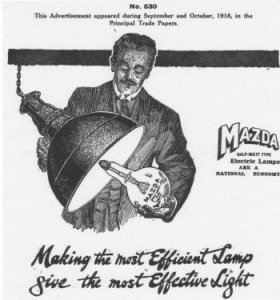
From the example advert reproduced here, the advantage of pen and ink drawing can be seen particularly at a time when contemporary photography lacked the contrast with the printing processes available and poor quality wartime paper stock. In total there are almost 200 examples mainly around 1920s. Apart from the product differences, customers were different and certainly better dressed! However today efficiency and effective lighting is still promoted for commercial and industrial lighting, so some things do not change.
In
1913 inert gas filled lamps replaced the vacuum to reduce filament
evaporation and bulb blackening. Used together with coiled tungsten
filaments, which effectively reduced the surface area of the filament,
and therefore heat losses, resulted in almost a 100% improvement in
lamp efficacy. Previously light output was approximately 1 candlepower
per watt but with these
improved lamps 1 candlepower was possible from only ½
watt.
Hence the term ‘half watt’ became a simple way of identifying these
lamps.

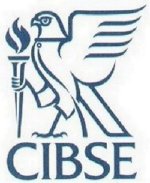
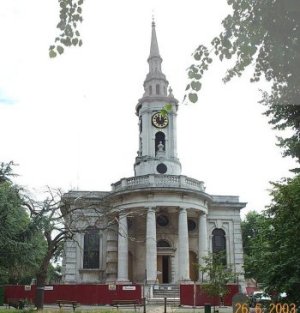 So often these days most
of the
news about engineering services history makes for depressing reading
with old systems and equipment being removed, cut-up and destroyed.
So often these days most
of the
news about engineering services history makes for depressing reading
with old systems and equipment being removed, cut-up and destroyed.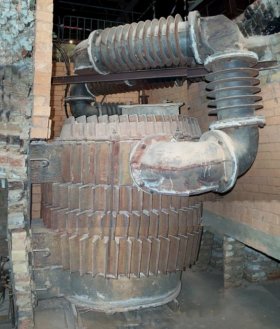
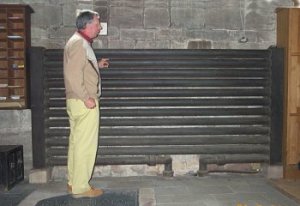
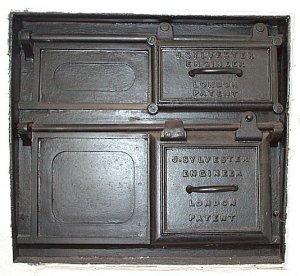
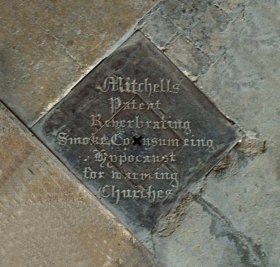
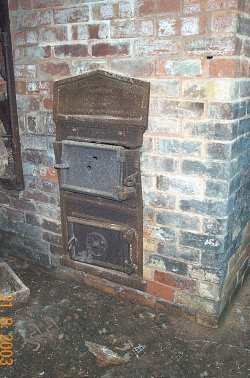
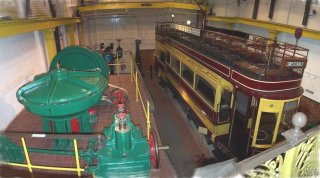
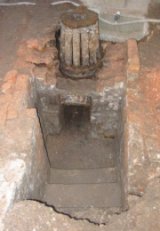
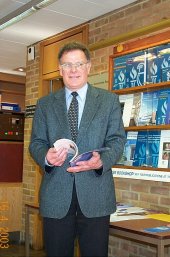 Congratulations go to
Mike Barber
our Hon. Secretary for the award of the CIBSE Bronze medal. Justly
rewarding a lifetime of service to the Heritage Group. Mike has
been with the HG since its inaugural meeting in September 1973 and has
carried the responsibility of Hon Secretary for the whole 30 years of
the
Group’s lifetime.
Congratulations go to
Mike Barber
our Hon. Secretary for the award of the CIBSE Bronze medal. Justly
rewarding a lifetime of service to the Heritage Group. Mike has
been with the HG since its inaugural meeting in September 1973 and has
carried the responsibility of Hon Secretary for the whole 30 years of
the
Group’s lifetime.